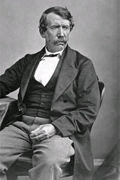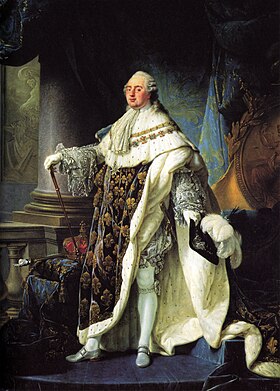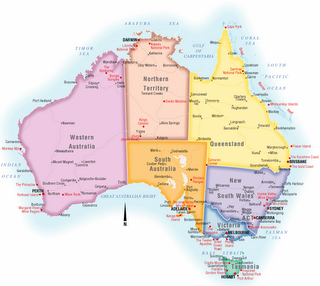Israel
Palestinian National Authority formerly called the Palestine Liberation Organization, since the agreement with Israel yielding administration to it of parts of the Occupied Territory resulting from the 1967 war. They are seeking an independent Palestinian state comprising all or most of that Occupied Territory, and some of them would also like it to include the rest of Israel as well. On the other side, many Israelis would like to keep the land as part of Israel. The trouble is that Palestinians already live there, and they can't figure out a way to get them to leave, and they don't want to extend full citizenship to them, because then Jews would be outnumbered in Israel. They are moving to some kind of agreement in which most of the land will become a Palestinian state, but whether they can agree on how much of that land will be included remains an open issue, and a potential source of continuing conflict and perhaps war in the Middle East.
Palestinian Liberation Organization — National liberation movement led by Yasser Arafat.
Popular Front for the Liberation of Palestine — Party advocating the destruction of Israel.
Azzam Publications — This is an outlet for Islamic Jihad, which promotes its view of Islam, Palestinian independence, and opposes Israel and Western influences in the Islamic World.




















